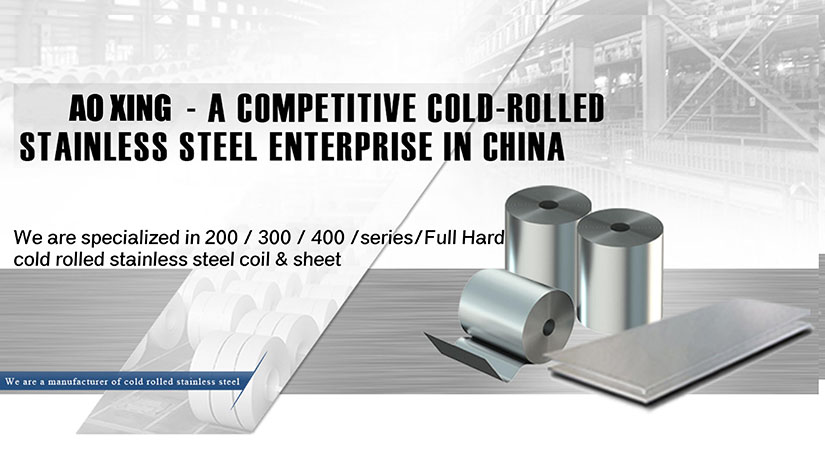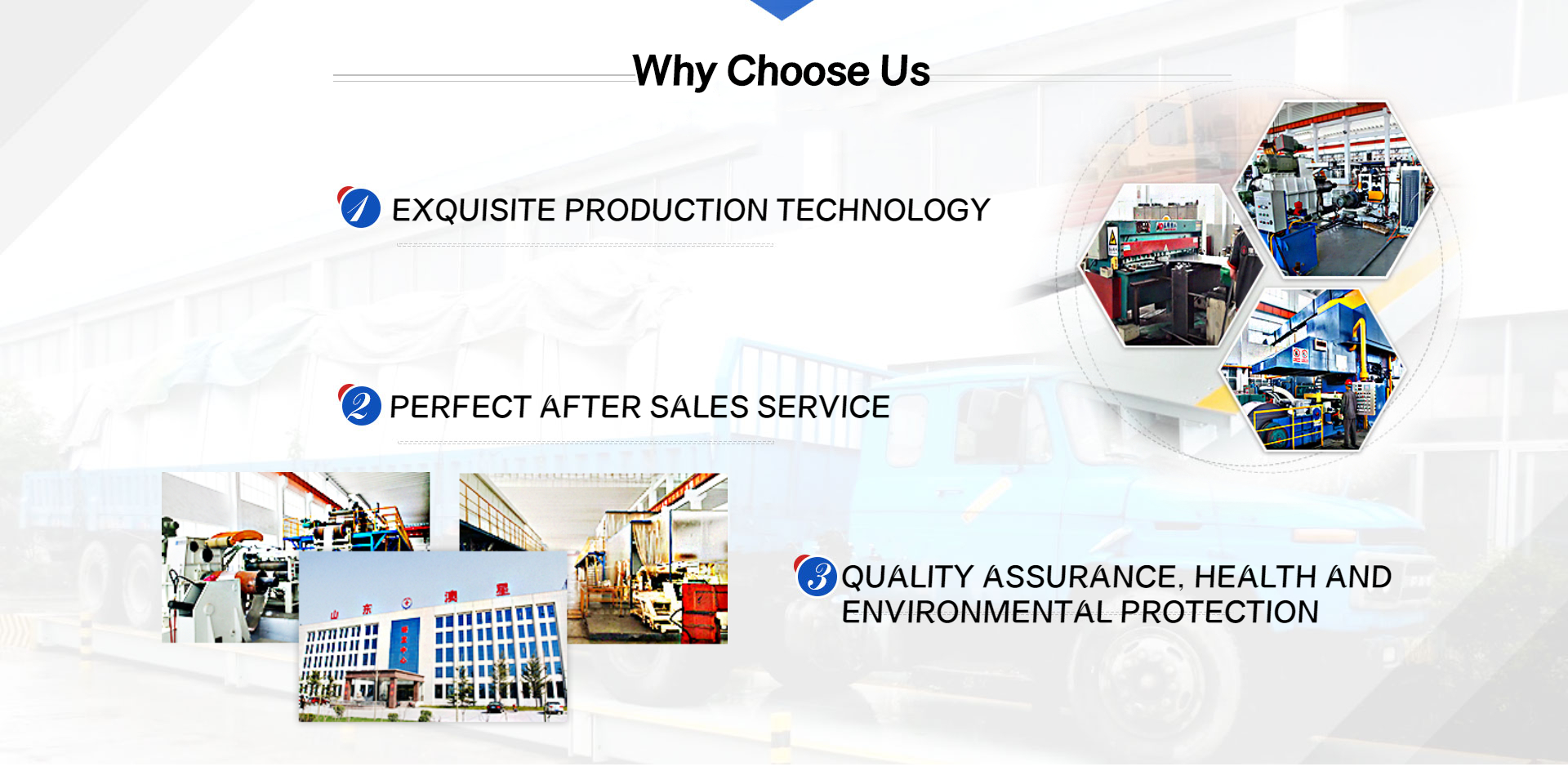304 Stainless Steel Coil

What is 304 Stainless Steel Coil?

The 304 stainless steel coil stands as the most widely utilized chromium-nickel stainless steel globally, acclaimed for its superior corrosion and heat resistance. It maintains robust mechanical properties across a vast temperature spectrum, from -196°C to 800°C. Renowned for its excellent formability, this steel variant can be easily shaped through processes like stamping and bending and doesn’t necessitate heat treatment for strengthening.
Its corrosion resistance is notable, necessitating periodic cleaning in industrial or contaminated environments to maintain its integrity. Recognized as a food-grade material, 304 stainless steel is extensively employed in the food industry, from processing and storage to transportation, due to its exceptional processing capabilities and weldability. The alloy’s composition includes over 18% chromium and above 8% nickel, essential for its corrosion-resistant properties. Manufactured in adherence to American ASTM standards, it aligns with the Japanese SUS 304 specification.
Feature of 304 Stainless Steel Coil
304 stainless steel is highly regarded for its performance in various atmospheric conditions, effectively resisting a wide range of environments except marine settings or heavy industrial pollution. Its aesthetics are best preserved with regular cleaning or when exposed to rain that naturally washes the surface.
In potable water, it demonstrates excellent performance, although it is susceptible to pitting and crevice corrosion in environments with high chloride concentrations, with a threshold of 200 ppm.
It is typically not used in seawater due to the risk of crevice corrosion. The alloy might experience stress corrosion cracking when exposed to chlorides above 60°C, a critical factor for applications involving corrosive liquids.
This austenitic stainless steel maintains exceptional toughness and high energy absorption in impact tests, even at cryogenic temperatures down to -200°C. For grade 304, the maximum recommended service temperatures are 870°C for intermittent exposure and 925°C for continuous operation.
304 stainless steel is noted for its excellent formability, compatible with various sheet metal working techniques, excluding oxygen cutting. Plasma cutting, however, is commonly used. Its deep drawing capability is particularly remarkable.
It is easily weldable using most fusion methods. For enhanced corrosion resistance, particularly in welded sections thicker than about 6mm, the low carbon variant, 304L, is recommended. Conversely, for high-temperature applications, the high carbon variant, 304H, is advisable.
304 Stainless Steel Chemical Composition & Technical Data Sheet
304 Stainless Steel Standards Comparison
| STS | USA | UNS | CHINA | EURONORM | RUSSIA | SWEDISH | JAPANESE | |
| GRADE | AISI/ASTM | NO | GB | NO | NAME | GOST | SS | JIS |
| 304 | 304 | S30400 | 06Cr18Ni9 | 1.4301 | 06Cr18Ni10 | 08KH18N10 06KH18N11 | 2332 | SUS 304 |
304 Stainless Steel Chemical Composition
| Grade | Standard | Chemical Composition(%) | |||||||
| C | Si | Mn | P | S | Cr | Ni | Mo | ||
| 304 | ASTM A240 | ≤0.07 | ≤0.75 | ≤2.00 | ≤0.045 | ≤0.030 | 18.00~20.00 | 8.00~11.00 | - |
304 Stainless Steel Mechanical Properties
| Grade | Tensile Test | Hardness Test | |||
| 0.2% Y.S(Mpa) | T.S(Mpa) | Elongation(%) | Hardness | HV | |
| 304 | ≥205 | ≥520 | ≥40 | Annealed | 150 |
304 Stainless Steel Finish & Application

304 Stainless Steel Coil: Finish & Applications
The versatile 304 stainless steel coil is suitable for various applications, each tailored by the specific surface finish it bears:
BA Finish: Utilized in building construction, kitchenware, and electrical appliances.
2B Finish: Ideal for food processing equipment and medical instruments.
No. 3 Finish: Applied in building construction and kitchen utensils.
No. 4 Finish: Commonly used in medical devices and household utensils.
HL Finish: Chosen for construction equipment.
No. 1 Finish: Suitable for pipelines and chemical storage tanks.
304 Stainless Steel Coil Package & Loading Details



Why Choose Us?

We are the cold-rolled stainless steel coil production base in China with 200,000 tons capacity annually.
1. Guaranteed Stock Availability: Experiencing stock shortages during crucial times can hinder your projects. Our robust inventory management ensures a consistent supply, ready to dispatch large quantities swiftly, keeping your operations smooth and uninterrupted.
2. Comprehensive Range of Specifications: Finding the exact stainless steel coil specifications can be challenging. We offer a diverse range of specs, ensuring you find precisely what your project demands, with the assurance of our commitment to meeting your specific needs.
3. Customized Material Processing: Custom processing needs can be demanding. Our advanced facilities provide tailored solutions, from precise dimension alterations to specific finish treatments, ensuring your requirements are met with utmost precision.
4. Accurate Shearing Services: Precision is key in stainless steel utilization, and our expert shearing services guarantee exactness in every cut, aligning perfectly with your specifications and quality expectations.
5. Cost-effectiveness is crucial in supplier selection. Our optimized procurement and cost-efficient processes ensure you receive not just premium-quality products but also the best prices, offering exceptional value for your investment.

304 Stainless Steel Coil FAQ
1. Is secondary quality 304 2B sheet & coil available?
We exclusively supply premium grade SS 304, ensuring top-quality products only.
2. Can you provide custom 304 stainless steel?
Absolutely, we tailor 304 stainless steel to your needs, ensuring your specifications for hardness(soft, 1/4 hard, 1/2 hard, full hard tempered), thickness, width, and physical properties are met.
3. What's the delivery timeline?
Quick delivery for trial orders within a week, while regular orders range from 7-30 days.
4. How do you guarantee your 304 SS product quality?
Our 304 products undergo rigorous inspections during manufacturing, cutting, and packaging to ensure the highest quality.
5. What is the difference 304 vs 430 stainless steel?
Corrosion Resistance:
430 stainless steel is corrosion-resistant due to its chromium content. However, it's generally considered less robust compared to other grades.
304 stainless steel exhibits superior corrosion resistance, attributed to its nickel addition, enhancing its alloy composition.
Popularity:
430 is the second most commonly utilized stainless steel grade.
304 holds the top spot as the most prevalent stainless steel, favored for its versatility and superior properties.
Workability:
430 is malleable and can be formed into various shapes but poses challenges in welding.
304 is renowned for its excellent workability, including ease of welding, forming, and fabrication, making it highly versatile in various applications.
Magnetism:
430 stainless steel exhibits magnetic properties.
304 is typically non-magnetic, a trait valued in certain applications.
Food Grade:
304 is known as a food-grade stainless steel, preferred for applications requiring sanitary conditions in the food and beverage industry due to its excellent corrosion resistance.
While both grades are durable and resistant to rust and corrosion, 304 stainless steel generally offers better longevity and corrosion resistance, making it a superior choice for applications demanding higher performance. In contrast, 430 is more cost-effective and may be suitable for less demanding applications or where budget constraints are a priority.
6. What is the difference 304 vs 201 stainless steel?
201 stainless steel is cost-effective, with lower nickel and chromium, affecting its corrosion resistance unlike the superior 304. 304 excels in rust resistance and durability, justifying its higher cost, ideal for demanding conditions. The visual similarity of 201 to 304 is deceiving; they differ in corrosion resistance, which is pivotal in selecting the right grade.
7. What is the difference between 304 vs 304L stainless steel?
Price Variation: 304L stainless steel typically costs more than 304 due to its lower carbon content, which affects the overall manufacturing process and attributes.
Chemical Composition: The key distinction lies in their carbon content; 304L contains less than 0.03% carbon, while 304 has up to 0.08%. This difference gives 304L superior corrosion resistance and makes it preferable for applications requiring extensive welding.
Mechanical Properties: 304L, with its reduced carbon content, offers better weldability and corrosion resistance, particularly in high-corrosion environments, whereas 304 has higher tensile strength, making it suitable for areas requiring durability.





